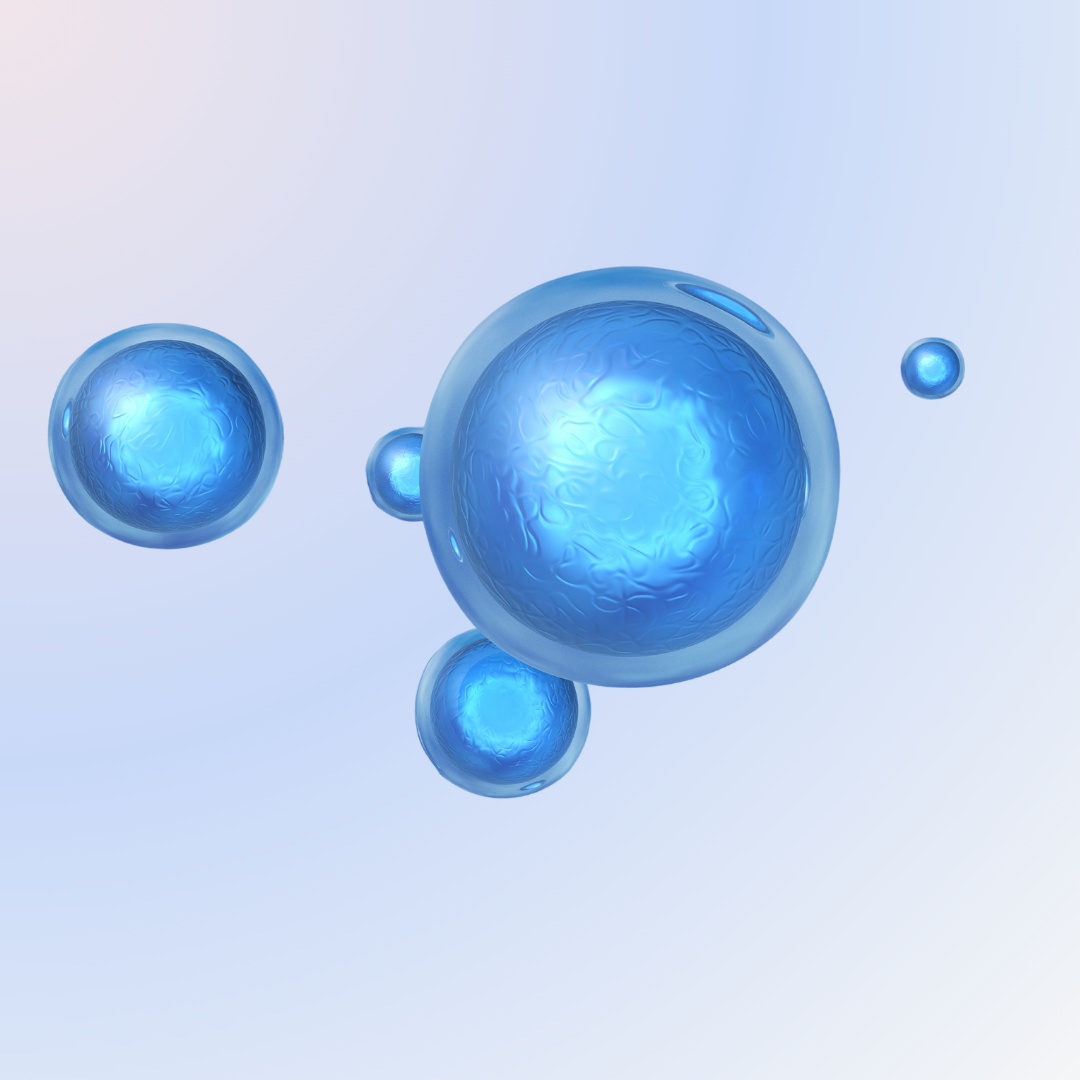Aggregated News

A tiny device built by scientists at MIT and the Singapore-MIT Alliance for Research and Technology could be used to improve the safety and effectiveness of cell therapy treatments for patients suffering from spinal cord injuries.
In cell therapy, clinicians create what are known as induced pluripotent stem cells by reprogramming some skin or blood cells taken from a patient. To treat a spinal cord injury, they would coax these pluripotent stem cells to become progenitor cells, which are destined to differentiate into spinal cord cells. These progenitors are then transplanted back into the patient.
These new cells can regenerate part of the injured spinal cord. However, pluripotent stem cells that don’t fully change into progenitors can form tumors.
This research team developed a microfluidic cell sorter that can remove about half of the undifferentiated cells — those that can potentially become tumors — in a batch, without causing any damage to the fully-formed progenitor cells.
The high-throughput device, which doesn’t require special chemicals, can sort more than 3 million cells per minute. In addition, the researchers have shown that...



